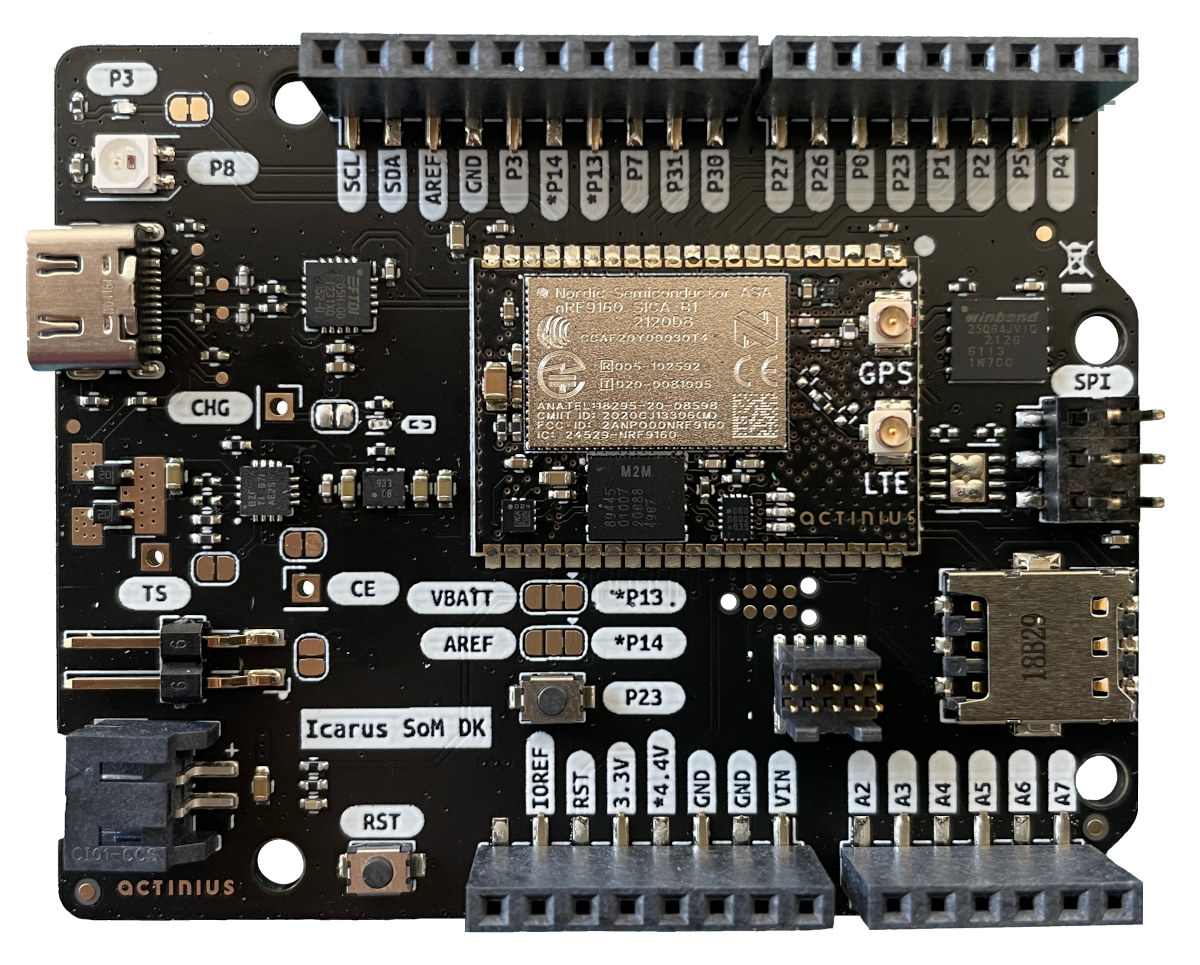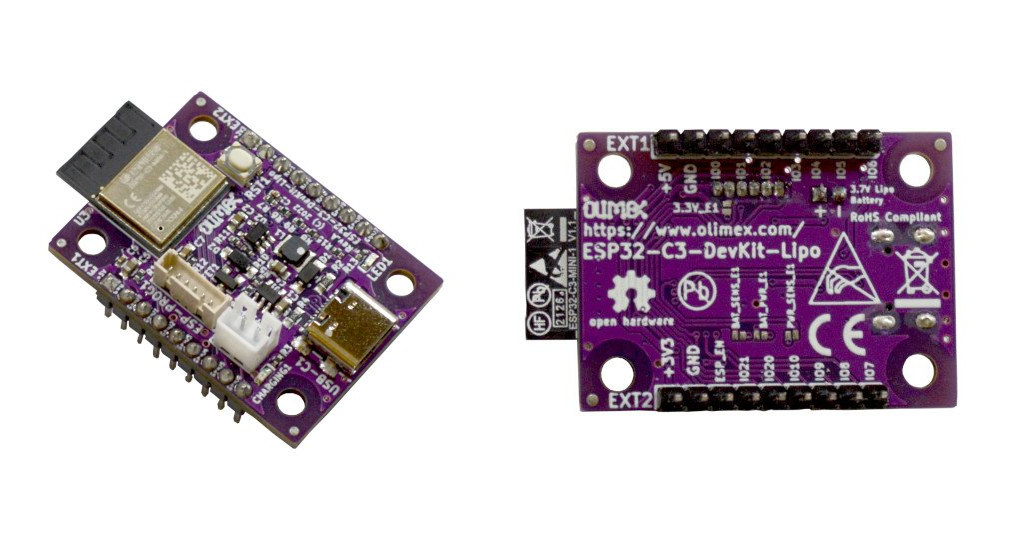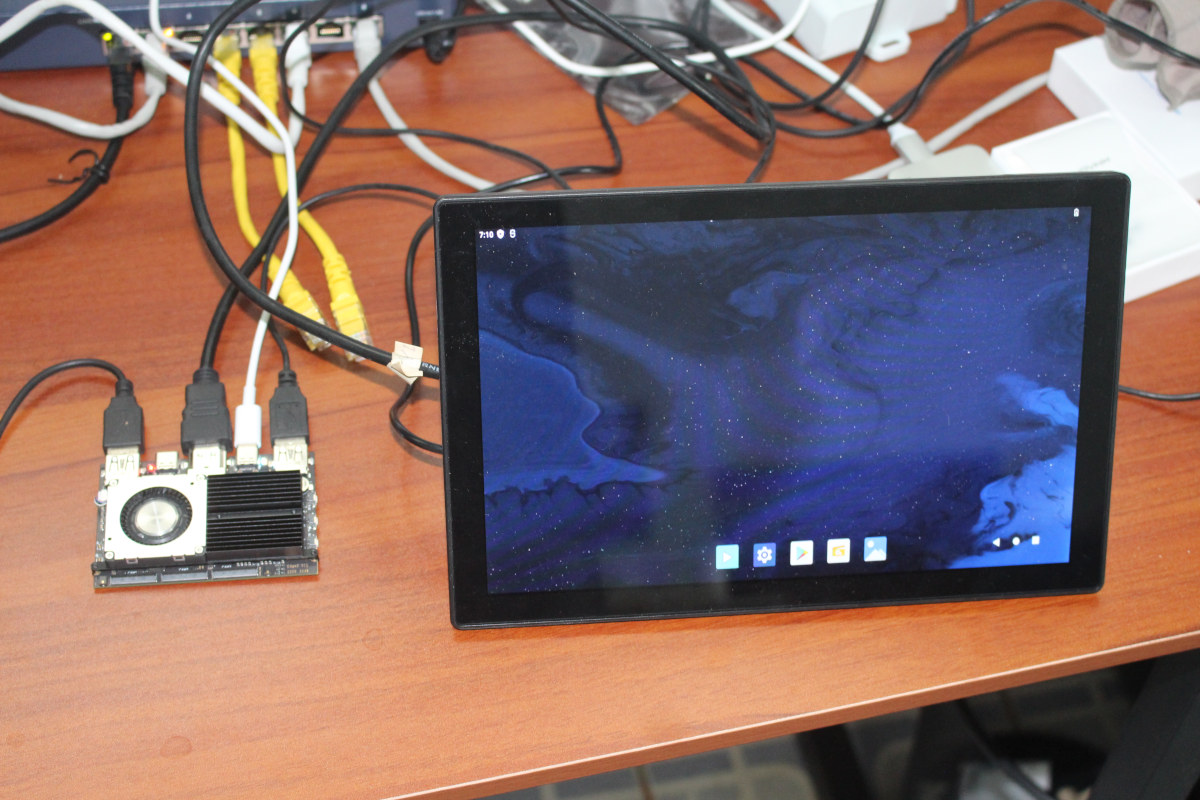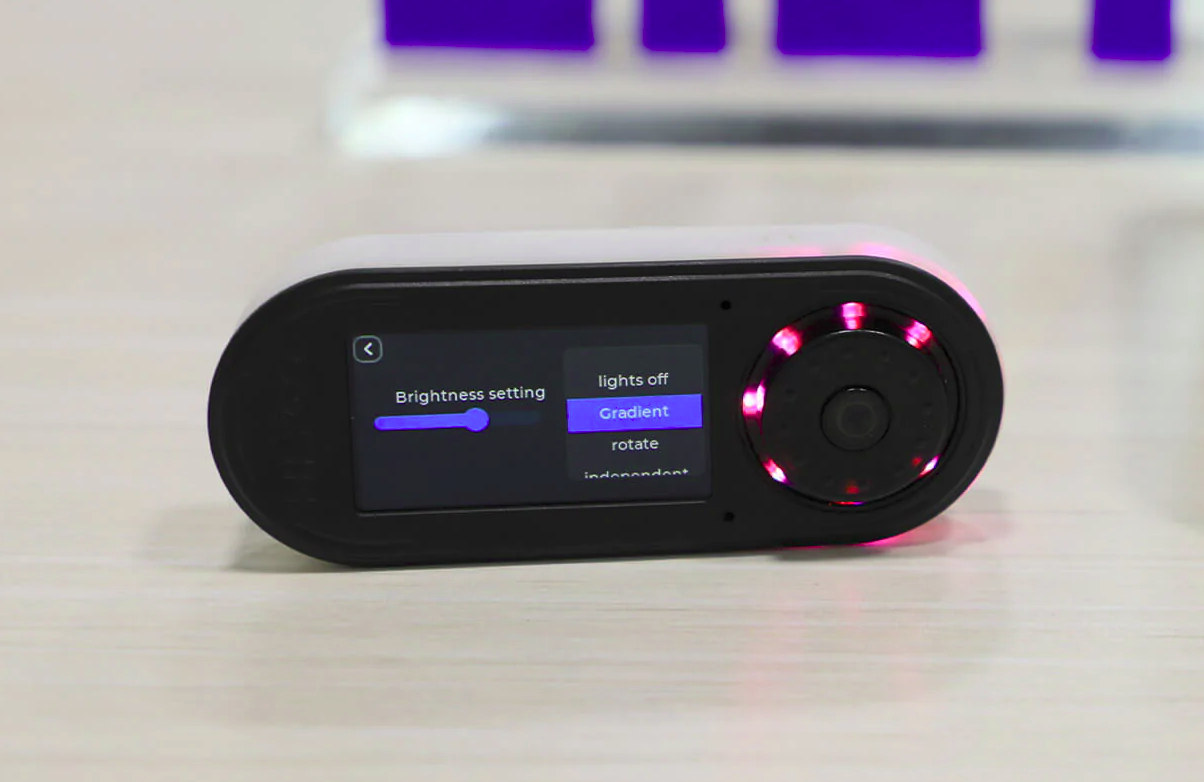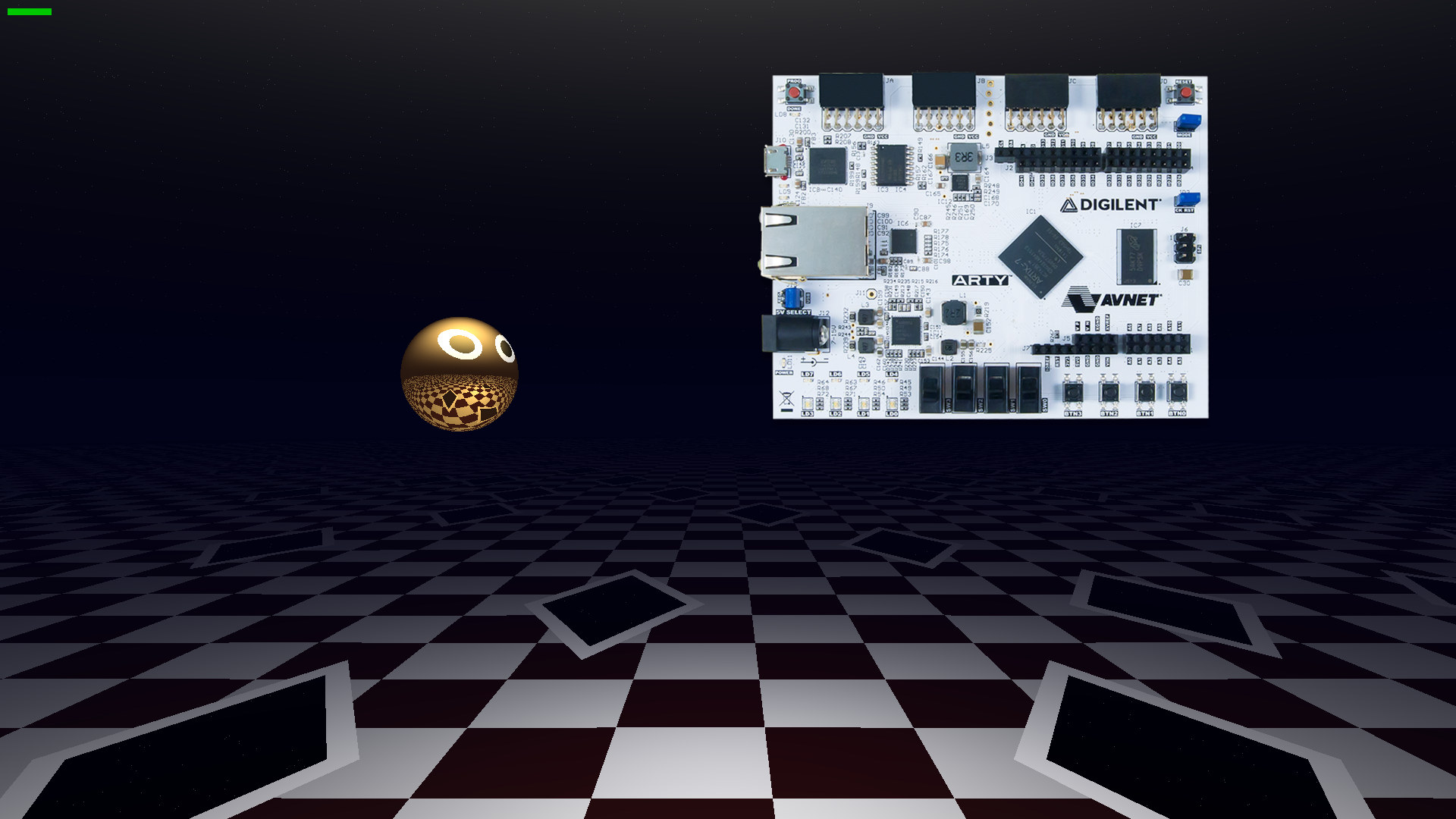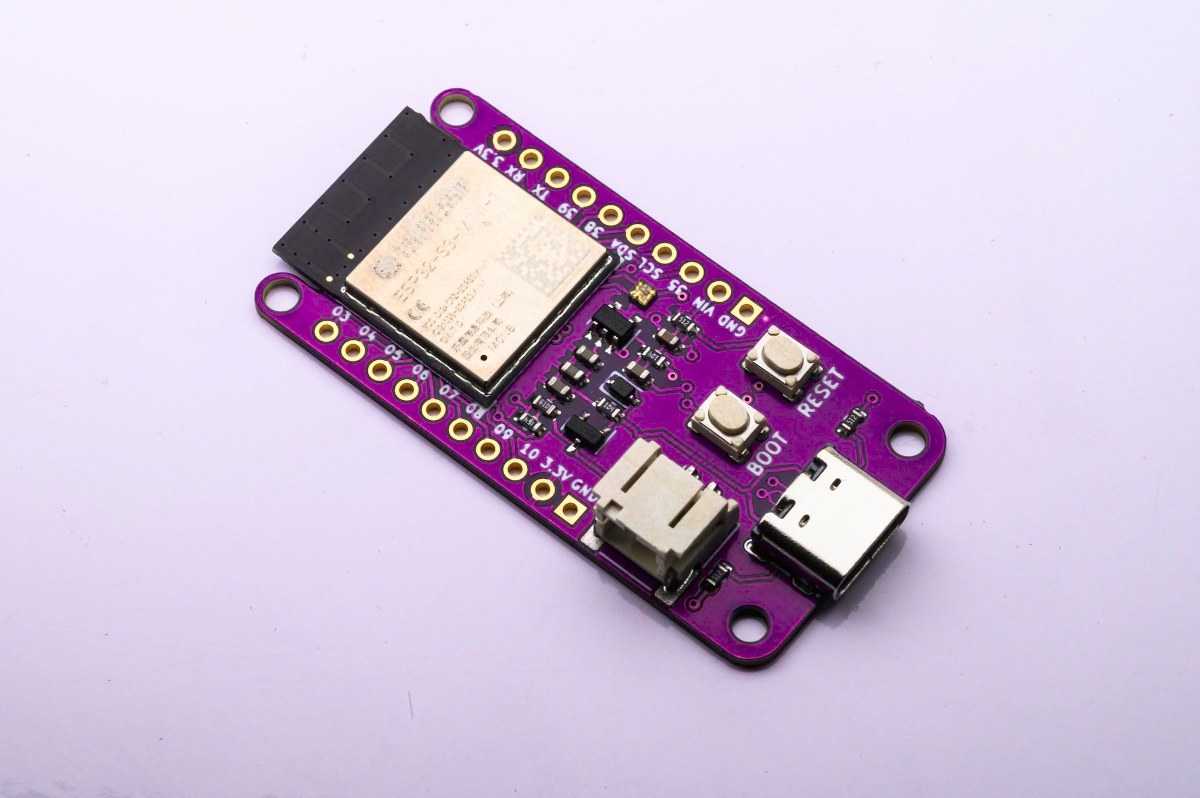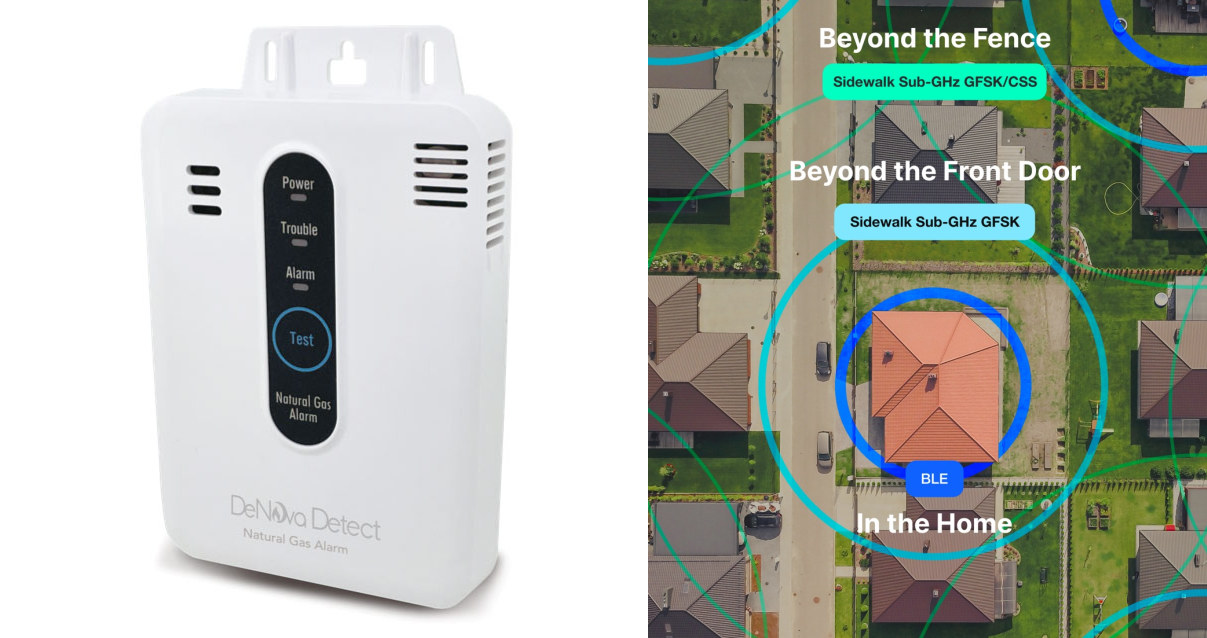Actinius Icarus SoM DK development board follows the Arduino Uno form factor and is equipped with the company’s Icacus SoM based on Nordic Semi nRF9160 system-in-package with LTE Cat-M, NB-IoT, and GPS connectivity. The development kit provides an eSIM on the module and an additional Nano SIM socket on the mainboard, Arduino headers for a wide range of I/Os and compatibility with Arduino Shields, a set of user LEDs, reset and user buttons, and a battery charging port. Icarus SoM DK specifications: Icarus SoM SiP – Nordic Semi nRF9160-SICA system-in-package with Arm Cortex-M33 MCU, 1024 KB flash, 256 KB SRAM, and LTE Cat-M1 (eMTC), Cat-NB1 (NB-IoT), and GPS connectivity Storage – 64Mbit SPI flash On-board eSIM Antennas – 2x u.FL connectors for LTE and GPS Sensor – Low power 3-axis accelerometer I/Os – 2x 20 castellated holes with GPIOS, I2C, SWD, Reset, SIM card signals, and power pins Supply Voltage […]
Olimex ESP32-C3-DevKit-Lipo is a tiny RISC-V board with WiFi 4, Bluetooth 5.0, and a LiPo battery charger
Olimex has just launched the ESP32-C3-DevKit-Lipo board based on ESP32-C3 RISC-V wireless microcontroller offering WiFI 4 and Bluetooth 5.0 connectivity, some I/Os, as well as USB and JTAG. As its name implies, the board can be powered by a LiPo battery and charged through a USB Type-C port. It offers up to 15 GPIO for expansion and comes with an ICSP connector in case you need to reflash or debug the bootloader through a JTAG interface. ESP32-C3-DevKit-Lipo specifications: Wireless module – Espressif Systems ESP32-C3-MINI-1-N4 module with: ESP32-C3 (ESP32-C3FN4) 32-bit RISC-V single-core processor up to 160 MHz with 4 MB embedded flash, 384 KB ROM, 400 KB SRAM (16 KB for cache), 8 KB SRAM in RTC Connectivity – 2.4 GHz 802.11b/g/n Wi-Fi 4 1T1R up to 150 Mbps & Bluetooth LE 5.0 with PCB antenna USB – 1x USB Type-C port for programming and JTAG debugging Expansion – 2x 9-pin […]
Khadas Edge2 review with Android 12
We’ve already reviewed Khadas Edge2 Pro with Ubuntu 22.04, and I’ve now had time to test the ultra-thin Rockchip RK3588S SBC with Android 12, so I’ll report my experience checking out the features, running some benchmarks, playing videos and games, etc… Flashing Android 12 to Khadas Edge2 board Our board was running Ubuntu 22.04, so in order to enter OOWOW firmware system, I had to keep pressing the function key (middle), then shortly press the reset button, before releasing the function key and entering the OOWOW interface. We can see the Android 11 image from the list we saw last month is gone for good, and a new Android 12 image dated September 20, 2022 is available. I selected that one, and OOWOW downloaded the files and flashed it to the board. Within five minutes, Android 12 was up and running on the board. As somebody who had spent several […]
T-Embed is a battery powered WiFi controller with display and rotary encoder
LilyGo has launched yet another product based on the ESP32 family of microcontrollers with the T-Embed WiFi IoT controller powered by an ESP32-S3 dual-core processor, equipped with a color display and a rotary encoder, and powered by a battery. The device is programmable and can be used to control Smart Home and IoT devices connected over WiFi or Bluetooth. It also integrates a microphone and speaker, a microSD card for data logging, as well as a Grove connector and an 8-pin GPIO header for expansion. T-Embed specifications: Wireless module – ESP32-S3-WROOM-1 module with an ESP32-S3 dual-core Xtensa LX7 processor with WiFi 4 and Bluetooth 5.0 connectivity, 4 to 16MB QSPI flash, up to 8MB PSRAM, PCB antenna; (Note it’s unclear which exact version is used) Storage – MicroSD card socket Display – 1.9-inch IPS color TFT LCD with 320 x 170 resolution (ST7789 driver), 350 Cd/m2 brightness Audio – 2x […]
3D game running on FPGA shown to be 50x more efficient than on x86 hardware
Sphery vs. shapes is an open-source 3D raytraced game written in C and translated into FPGA bitstream that runs 50 times more efficiently on FPGA hardware than on an AMD Ryzen processor. Verilog and VHDL languages typically used on FPGA are not well-suited to game development or other complex applications, so instead, Victor Suarez Rovere and Julian Kemmerer relied on Julian’s “PipelineC” C-like hardware description language (HDL) and Victor’s CflexHDL tool that include parser/generator and math types library in order to run the same code on PC with a standard compile, and on FPGA through a custom C to VHDL translator. More details about the game development and results are provided in a white paper. Some math functions were needed, including: floating point addition, subtraction, multiplication, division, reciprocals, square root, inverse square roots, vector dot products, vector normalization, etc. Fixed point counterparts were also used for performance reasons and to […]
Bee S3 ultra-low-power ESP32-S3 board can last several years on a LiPo battery
Smart Bee Designs’ Bee S3 is an ultra-low-power development board based on Espressif ESP32-S3 WiFi & Bluetooth microcontroller that consumes less than 20 uA in deep sleep mode allowing the board to theoretically last over 5 years under specific conditions. The board provides WiFi 4 and Bluetooth 5 LE connectivity, features a battery voltage monitoring circuitry to check the battery charge level, a USB Type-C port for power and programming, plus 20 through holes for extensions such as connecting sensors, and so on. Bee S3 specifications: Wireless module – Espressif Systems ESP32-S3-MINI-1 module (PDF datasheet) with ESP32-S3 dual-core Xtensa LX7 processor with WiFi 4 and Bluetooth 5.0 connectivity, 4MB or 8MB QSPI flash, PCB antenna USB – 1x USB Type-C port for power and programming Expansion – 2x 10-pin headers with up to 15x GPIO, 8x ADC, touch support, I2C, SPI, UART, 5V In/out, 3.3V out, and GND Misc – […]
DeNova Detect natural gas alarm works with Amazon Sidewalk network
New Cosmos’ DeNova Detect is a wireless natural gas alarm that works with the Amazon Sidewalk network designed for low-power, low-bandwidth IoT devices in and around the house, benefiting from free connectivity thanks to the installation base of Amazon devices such as the Echo Show acting as gateways. DeNova Detect does not require wiring to mains, and the device is expected to achieve an extended battery life of seven years, so customers can choose the optimal location for a gas alarm in their homes without needing to be close to an electrical outlet. There’s no need to have an additional gateway such as with LoRaWAN solutions as well as the customer owns one or more Sidewalk-compatible device. Note that Amazon Sidewalk is currently deployed in the US only with global expansion planned for later. Amazon Sidewalk relies on Bluetooth LE inside the home, Sub-GHz GFSK on the sidewalk/around […]
Silicon Labs FG25 Arm Cortex-M33 SoC targets Wi-SUN FAN networks
Silicon Labs announced various new products at its annual Works With Developer Conference including the FG25 Arm Cortex-M33 SoC designed for sub-GHz Wi-SUN FAN networks for Smart Cities and applications such as smart metering, street lighting, electricity distribution automation, municipal infrastructure, and more. The microcontroller runs at up to 97.5 MHz, features 512KB RAM and up to 1920 KB flash, operates at up to 125°C, consumes as little as 2.6 μA in deep sleep mode, and can offer a range of up to 3 km when used in combination with the new EFF01x front-end module delivering up to +30 dBm output power. Silicon Labs FG25 (EFR32FG25) specifications: CPU core – Arm Cortex-M33 core @ 97.5 MHz with DSP instruction and floating-point unit for signal processing Memory – Up to 512 kB RAM data memory Storage – Up to 1920 kB flash program memory Radio Sub-GHz radio operation TX power up […]


